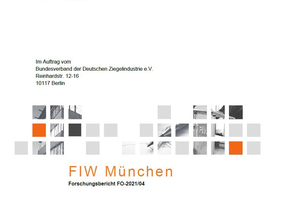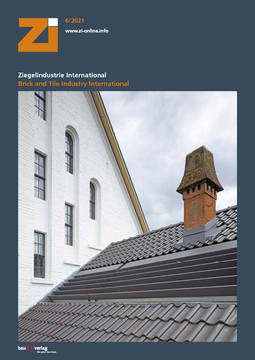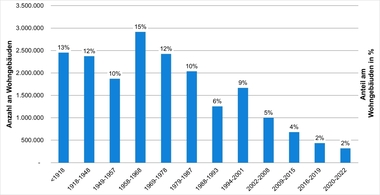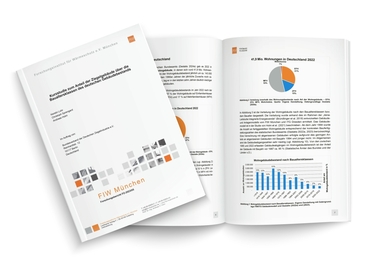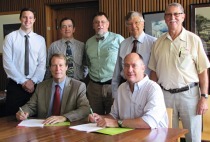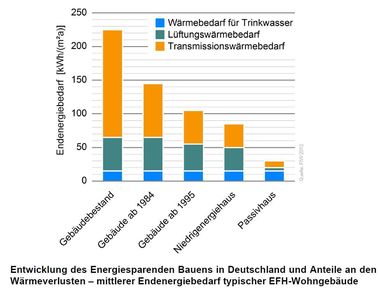Call for contract-awarding criteria to be technology-inclusive
In the debate on sustainable construction, grey energy, i.e. covering the entire emissions from production, maintenance and deconstruction, is playing an increasingly important role. A lifecycle assessment comparison based on a reference building built in brick and in timber, respectively, with consideration of the grey energy has been conducted by the FIW, an institute researching thermal protection in Munich, in a recently published study. Key finding of the study is that building with brick brings with it enormous versatility and great flexibility for adaption to locational conditions while delivering a comparable ecological performance to that of timber construction – based on CO2 emissions and grey energy. Moreover, it is clearly shown that over an assessment period of 80 years and more, on the basis of current LCA data and given the application of high-quality energetic standards, almost identical results for the lifecycle assessment of the two construction methods could be obtained. Accordingly, they both make the same contribution to the Federal German government’s climate neutrality goals.
As a basis for the sample calculation of the LCAs, the study takes a representative detached home from ARGE Kiel e.V. Different construction methods for the building envelope, the three energy standards GEG, EH 55, EH 40 as well as different variations for interior work and building services are taken into consideration.
“It has been shown once again that monolithic brick construction makes an important contribution for a sustainable building sector. For a successful transition in construction, contract-awarding criteria should therefore be technology-inclusive rather than oriented to a particular building material,” says Dr. Matthias Frederichs, General Secretary of the Federal Association of the German Brick and Tile Industry, which commissioned the study.
The study “Lifecycle assessment of detached homes in modern brick and timber construction” (in German) is available for download at www.ziegel.de.

